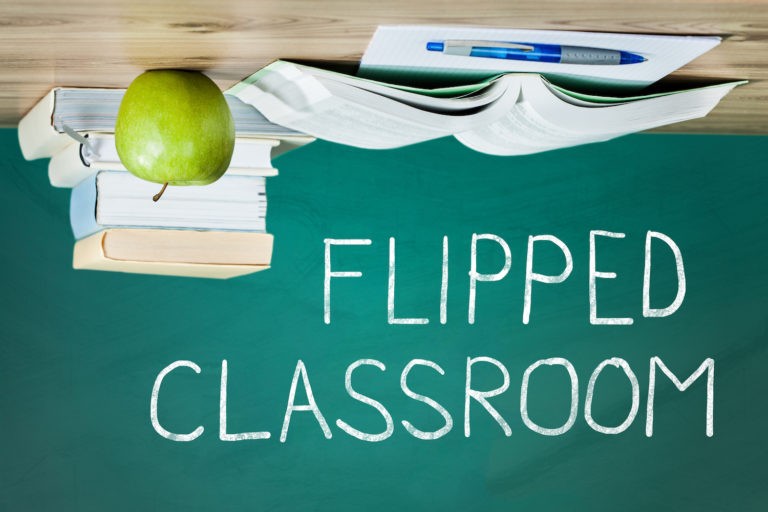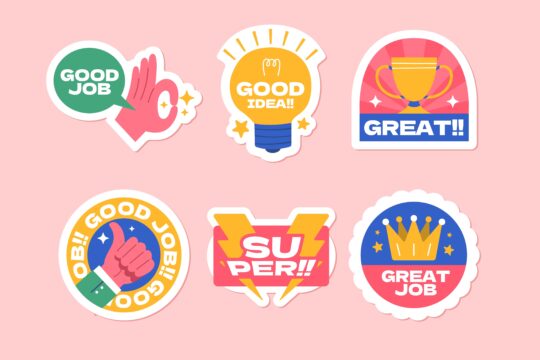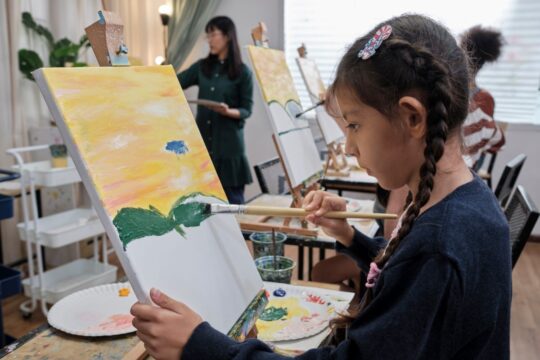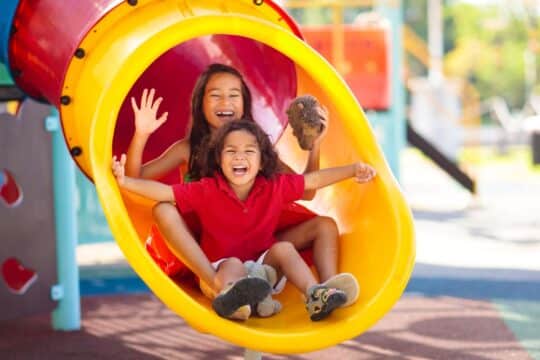When you hear the term “flipped classroom”, you might be caught off guard or tempted to turn to Google to find out exactly what this term means. A flipped classroom is a popular educational trend that has recently gotten the attention of educators across the nation. People want to know what it looks like, what the benefits are, and how to create one! Perhaps you are asking the same questions.
What Does a Flipped Classroom Look Like?
A flipped classroom is defined by Schoolology.com as a blended learning model where traditional ideas about homework and classroom activities are reversed or “flipped.” This model involves instructors having students interact with new material for homework first. Then, they use class time to discuss the new information and put those ideas into practice.
This way of doing things is relatively new to the world of education. Using this model, teachers give students homework focused on a new topic, then use class time for guided group work, critical thinking, and reinforcement.
Making a change from a traditional classroom to a flipped classroom can be difficult work since this is such a new trend and so different from old ways of teaching and learning. When a classroom has been “flipped,” it will look much different than a traditional classroom. In a flipped classroom, students view a video presented from the teacher at home. Teachers may attach notes or guides with the video. Then, during class, students have the opportunity to work with the teacher, collaborate with others, work independently, and discuss the concept from the video.
In a flipped classroom the teacher’s role is important because it sets the culture of the classroom. Instead of delivering direct instruction, the teacher takes on more of a facilitator role and provides students with individualized learning. This allows for differentiation to take place and for students to receive an education that is tailored to their individual needs. This also provides students with the opportunity to take on objectives on their own and to think more critically.
What are the Benefits of a Flipped Classroom?
Flipping a classroom allows teachers to take on a different role with students. Instead of delivering direct instruction for large chunks of time, teachers are able to step back and facilitate learning in a way that allows students to work at their own pace and on their own readiness level.
By using a video to introduce the lesson, students have the advantage of replaying or reviewing parts of the video as needed. They are also able to prepare questions for the teacher before coming to class. Additionally, parents have access to teacher videos and can see firsthand how the concept is being taught.
Another benefit of a flipped classroom is that teachers can be present and available to students while students are applying their knowledge. Students can show what they have learned from their homework in class or ask for help on what they are struggling with at home.
Several studies have also shown the academic benefits of using a flipped classroom model are great, with one study from the Australian International Academic Centre showing that students of flipped classrooms outperforming students in traditional classrooms. In fact, students in the flipped classroom scored more than twice as well on a multiple-choice test. 90% of students also reported that they enjoyed the interactive learning methods employed in the flipped classroom. Instructors reported improved student learning and engagement, as well.
Creating a Flipped Classroom
Flipping your classroom might not be easy at first, but there are lots of resources available to you. Keep in mind, you will need a device to record your lesson. This could be a laptop or even your cell phone. You will also need to make a plan for how to share your lessons with your students. This could be done over email or Google Classroom. The following tips will help you create the flipped classroom you’ve been dreaming about!
- Get advice from teachers that have already created a flipped classroom
- Re-arrange your classroom to allow students more access to each other (groups and teams)
- Research apps to help you record and share your lessons
- Notify parents and share information and research with them
- Seek support from your administration
- Research how Google Classroom can help you flip your classroom
- Create detailed videos that provide resources
- Get students excited about “flipping” your classroom
Turning your traditional classroom into a flipped classroom may seem like an overwhelming task at first, but once you and your students get the hang of it, you will appreciate its advantages. Flipping your classroom will give you the opportunity to meet students where they are with a more personalized learning approach.




